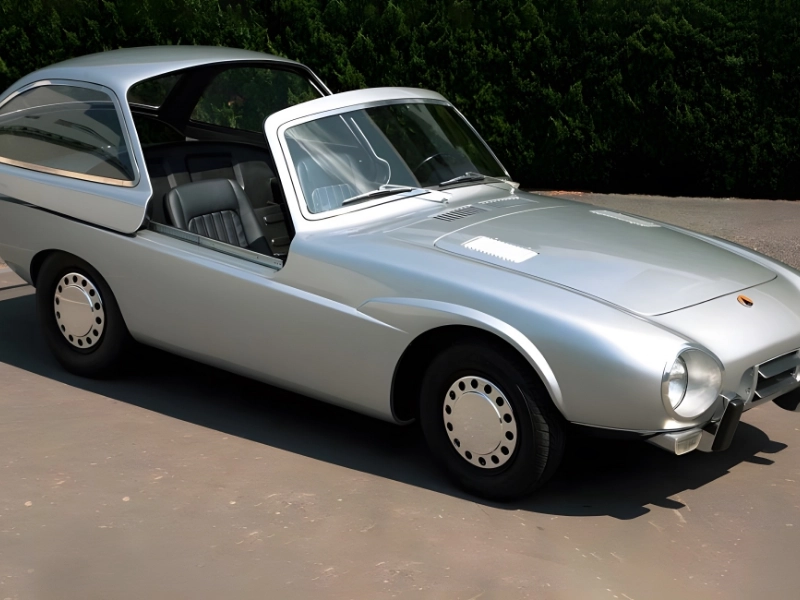8. Toyota Publica Sports
Years Produced: 1961-1978Estimated
Price: $8,625*
The Toyota Publica was a small car produced by Toyota in the 60s and 70s before it was discontinued. It was a family car designed to meet the requirements of the Japanese government's "People's Car Concept." At the time, it was the smallest car Toyota had designed until the release of the Starlet.

Advertisement
The Toyota Publica is a Japanese small car manufactured in the 1960s and 1970s, an important car model that reflects the state of the Japanese automobile industry and society at that time. The development of the Publica was in response to the "National Car Concept" advocated by the Japanese government. This concept aimed to make it possible for more ordinary families to own cars at an affordable price in Japan, which was in the midst of economic growth. As
its name suggests, the Publica was designed as a "car for the public." At that time in Japan, car ownership was still limited to a small number of wealthy people, but with the economic growth, the demand for cars also increased rapidly along with the expansion of the middle class. The Publica was born in this social context. The
Publica's distinctive feature was its small and efficient design. At the time, it was the smallest car model designed by Toyota, and it maintained its position until the later appearance of the Starlet. This small design was compatible with the narrow road conditions in Japan and the constraints of parking space in urban areas. In addition, the adoption of a small engine improved fuel efficiency and reduced maintenance costs, making it an easy car to own for ordinary families.
The Publica was offered in a variety of body styles. Based on a two-door sedan, there were also pickup, coupe, convertible, and station wagon variants. This variety was Toyota's strategy to cater to different customer needs. For example, the pickup version was popular with small business owners, while the station wagon was popular with families.
Of particular note is the Toyota Publica Sport, which later became known as the Toyota Sports 800 and holds historical significance as the first mass-produced sports car by a Japanese automaker. The Publica Sport was an innovative car that added sporty elements to the basic design of the Publica, which emphasized economy. The Publica Sport was equipped with a
high-revving, small-displacement engine in a lightweight, compact body, achieving excellent driving performance. Its unique "egg-shaped" body design improved aerodynamic performance and at the same time showed a new direction in Japanese automotive design. This model also had a major influence on Toyota's later sports car development.
Production of the Publica series ended in the 1970s, but its spirit was carried over to its successors, the Starlet and Corolla. Toyota's philosophy of "providing high-quality cars at affordable prices," which the Publica embodied, remains a core value of the company today. The Publica
and Publica Sport are important car models in the development of the Japanese automotive industry, and are remembered in automotive history. These cars are still highly regarded by car enthusiasts today as symbols of technological innovation, evolution of design and change in Japanese society, and the concept of "cars for the masses" that these vehicles embodied can be said to be one of the key elements that formed the basis of Toyota's success in global markets.
Advertisement










